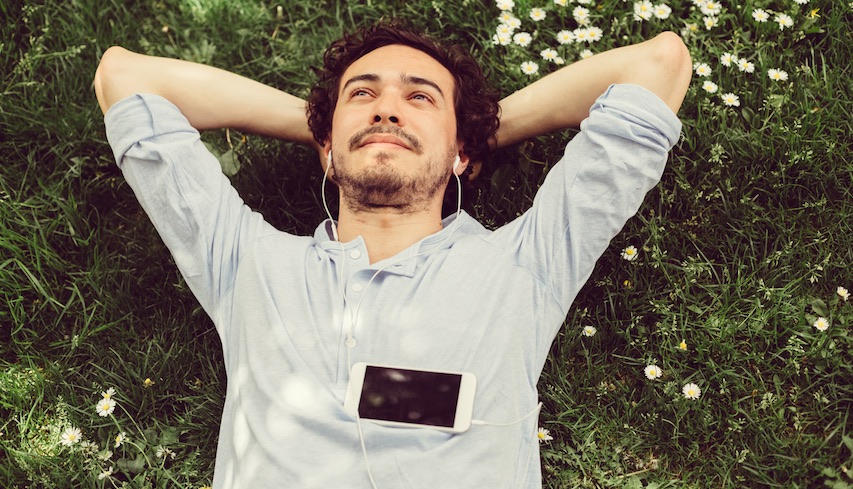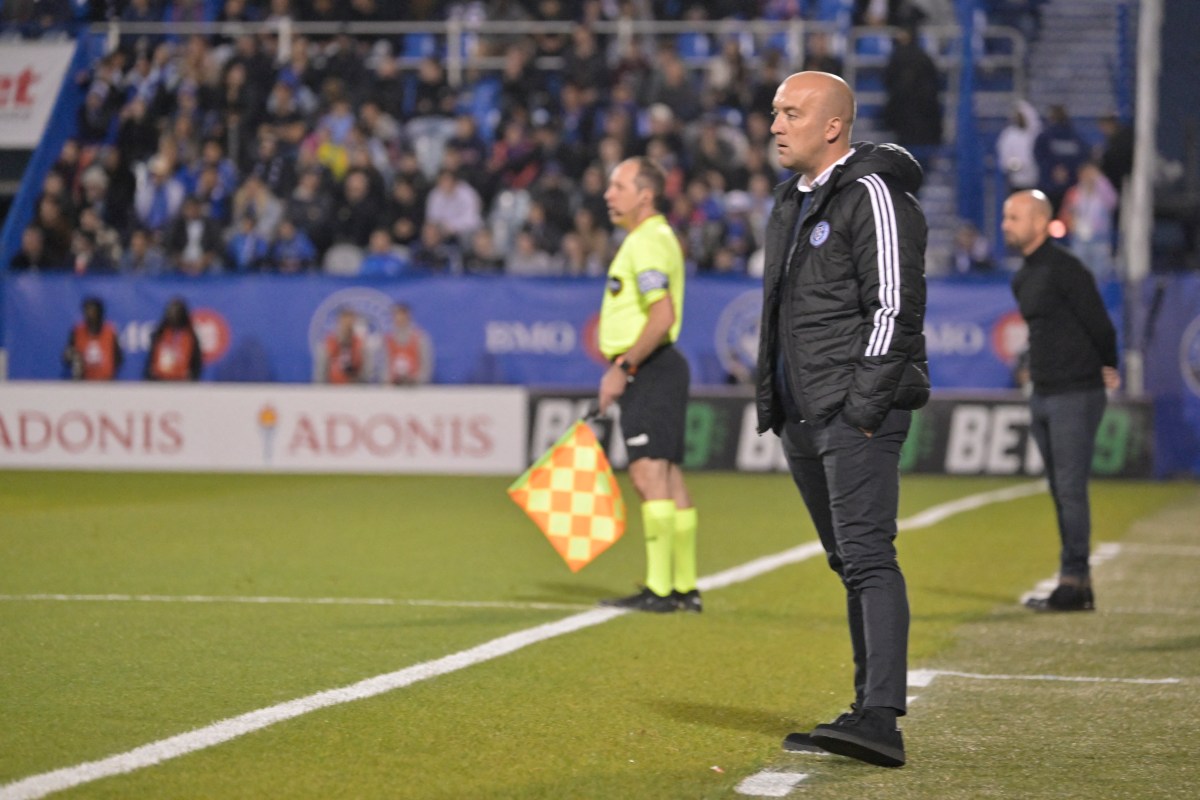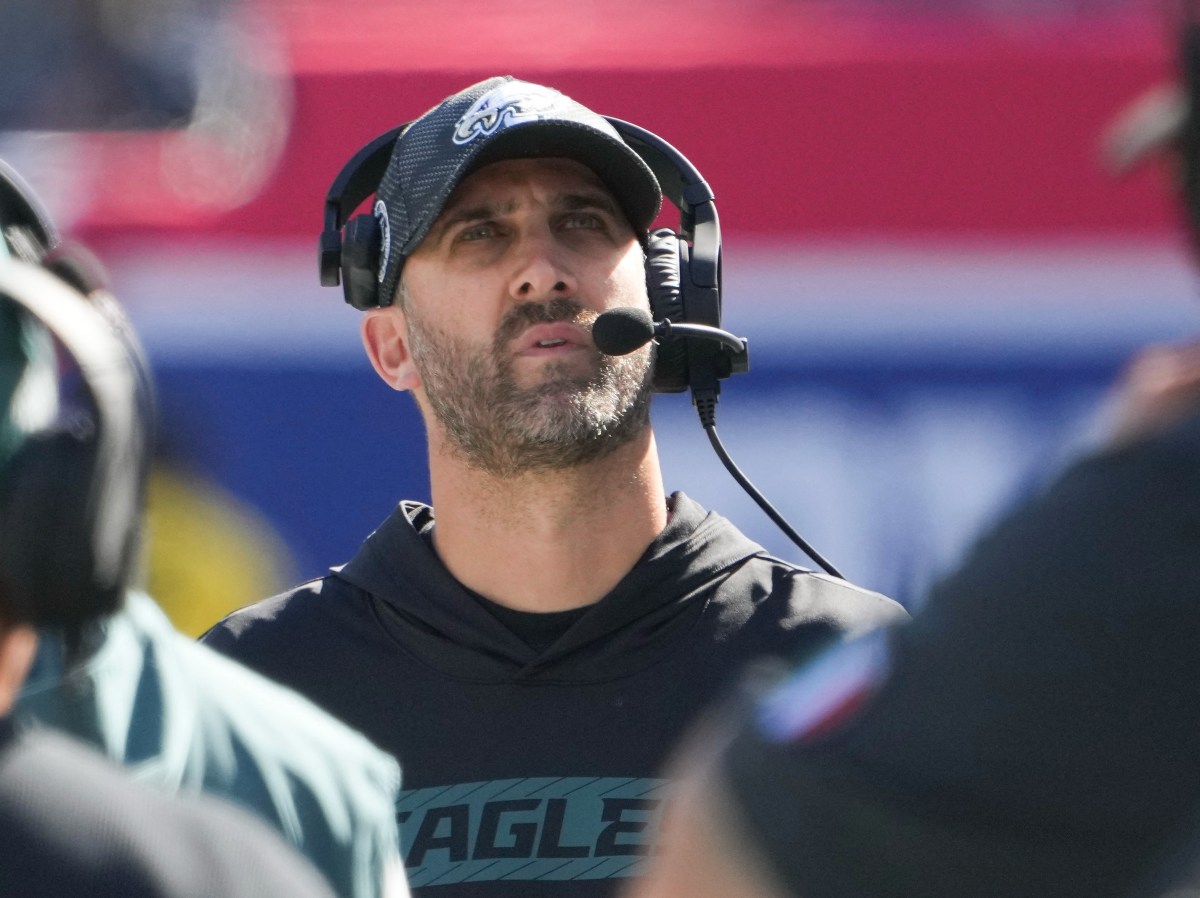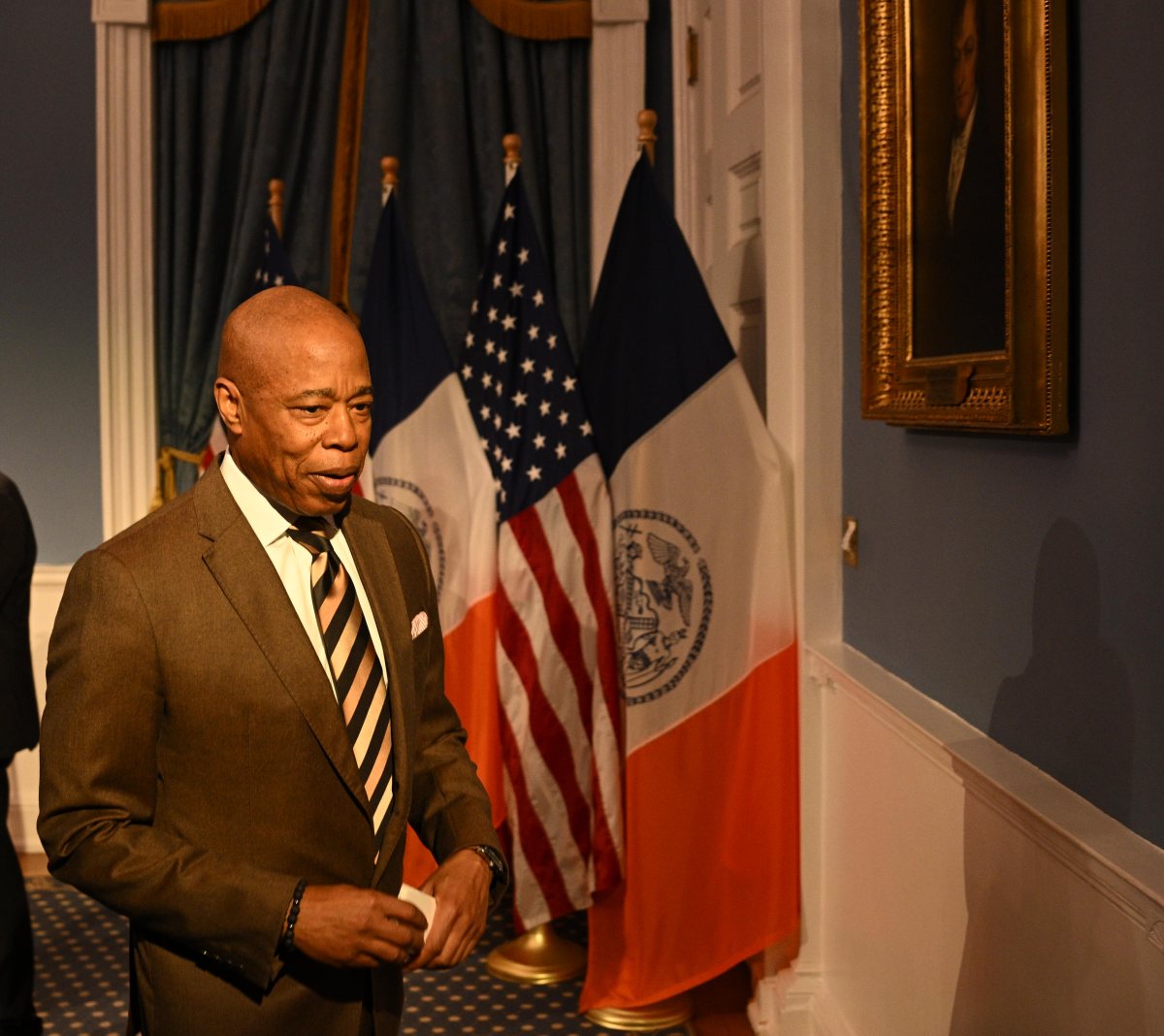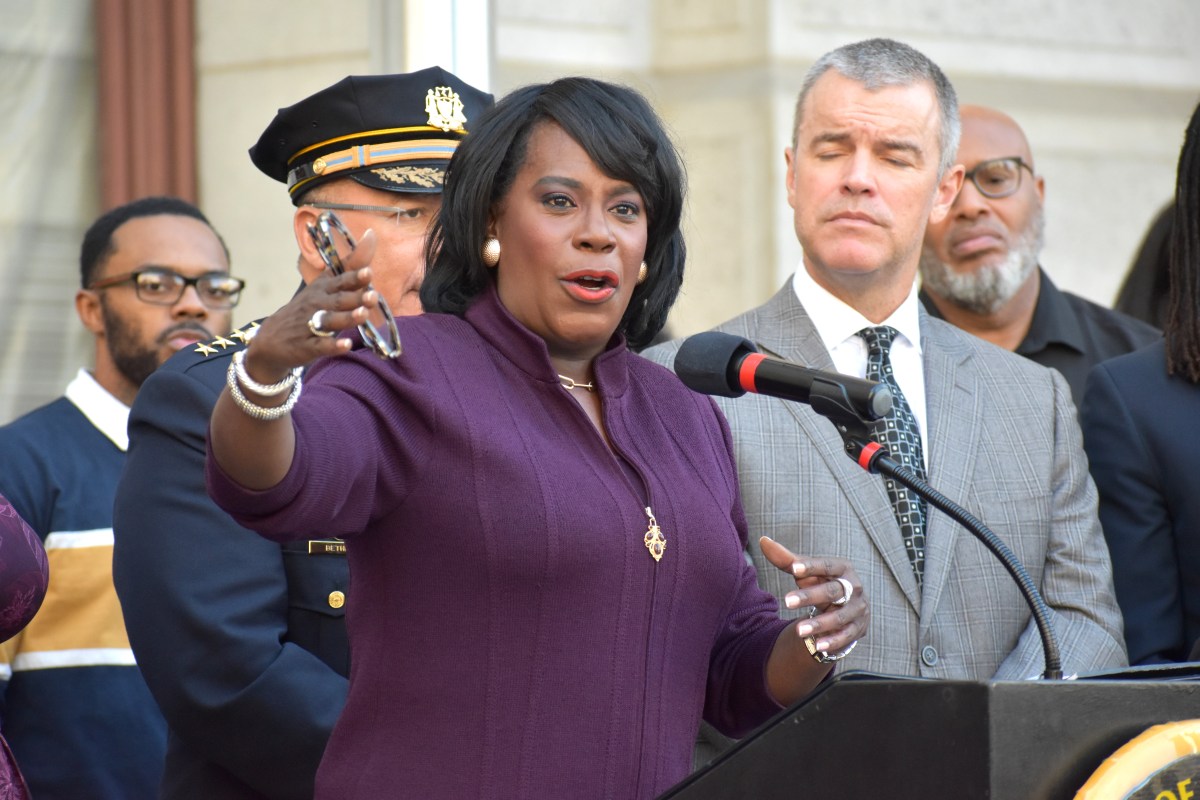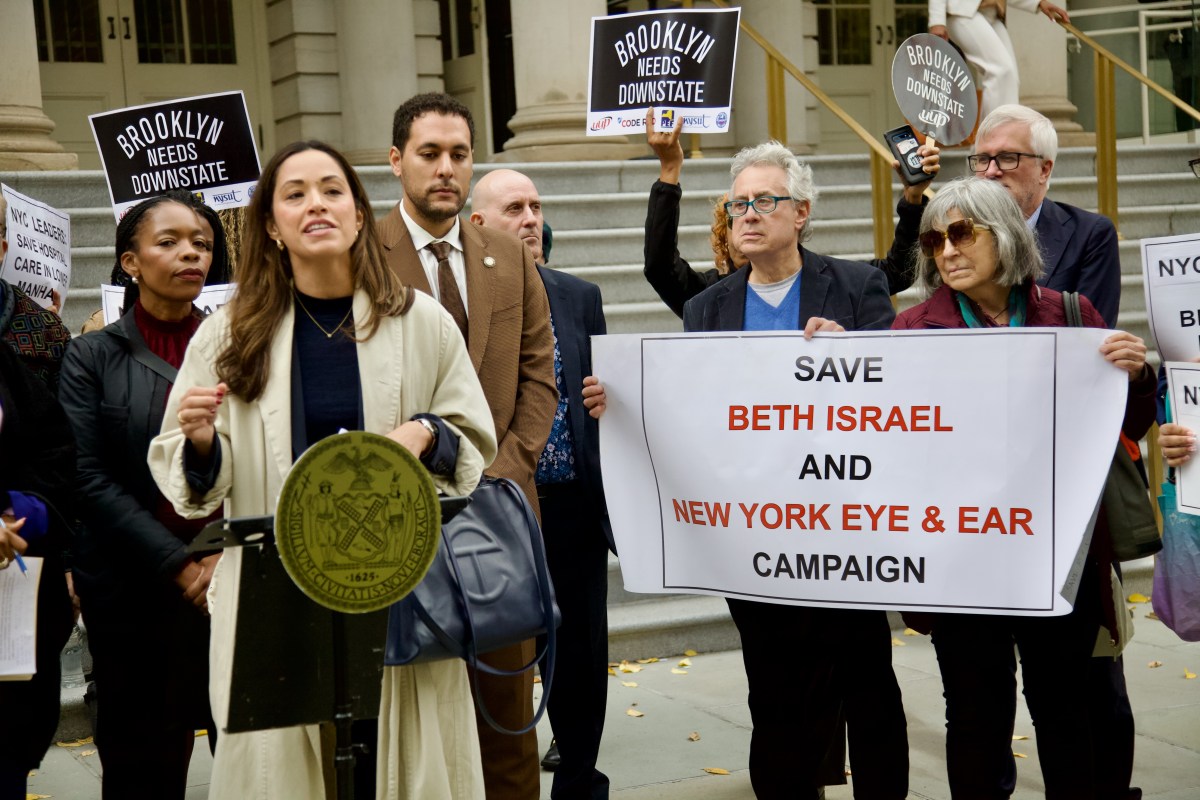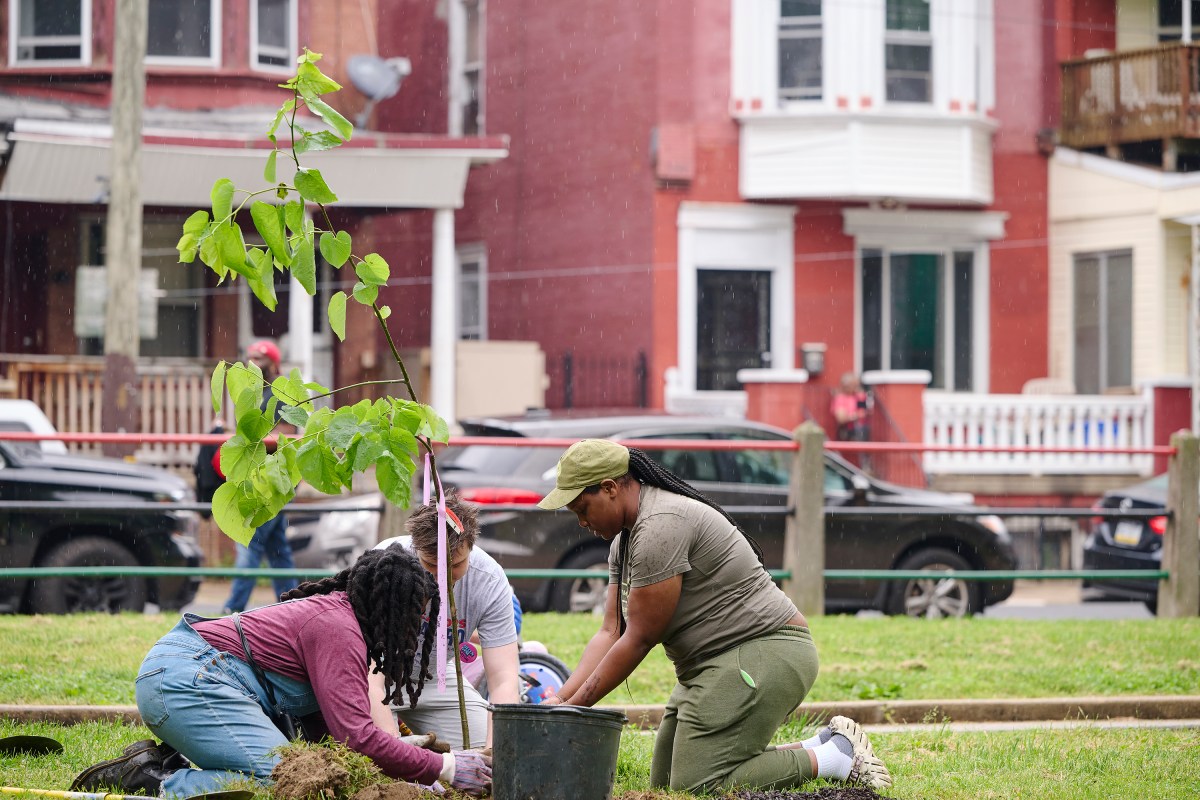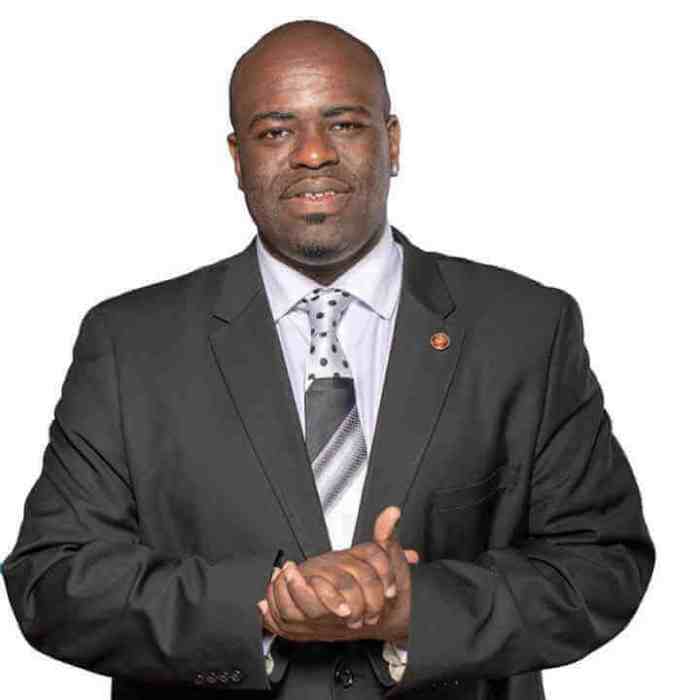In recent years, “mindfulness” has become a buzzword well beyond the confines of the yoga retreats. Schools, corporations and even prisons have embraced the concept in an effort to promote peace and community-building. We spoke to Dr. Elizabeth Ochoa, chief psychologist at Mount Sinai Beth Israel.
What is “mindfulness”?
Mindfulness is a mental activity that promotes self-awareness and the ability to focus on mind and body experiences in the moment. It has a soothing, calming effect for many people. The process is usually referred to as a “practice”; to be “mindful” takes practice on a consistent basis. The process of learning to observe yourself and your experiences in a particular moment and to pay attention to feelings and thoughts as they float in and out of awareness without judgment is initially very challenging. It is through the consistent practice of mindfulness skills that a person achieves a greater sense of well-being and serenity.
Why the surge in popularity?
It is a safe and cost-effective technique that anyone can use. Mindfulness is often included by mental health clinicians as a treatment technique in psychotherapy to help people manage stress and other types of emotional distress (negative thoughts and feelings). In therapy, learning to “sit” with difficult feelings rather than to react impulsively to them might be a desired goal of practicing mindfulness. Benefits include decreased emotional distress, improved interpersonal effectiveness and relationships, and enhanced productivity.
How can mindfulness help us stick to resolutions or goals?
Mindfulness teaches us discipline and consistency and self-awareness, which can lead to effective problem solving. Mindfulness encourages forgiving. If, for example, you are disappointed in yourself that you didn’t stick to a resolution, you can reset the goal and start again, without attaching negative judgments about yourself. Decreasing perfectionistic thoughts and feelings pave the way for achieving goals successfully.
How is mindfulness practiced?
Beginning to use mindfulness techniques, including rhythmic and slowed breathing, the focusing of attention on the breath, and meditation does not require fancy equipment. All you need is yourself, a comfortable spot to sit in, usually with feet on the floor, arms gently resting, closed eyes and a dedication to set aside at least five to 10 minutes of time each day initially.
Many people practice mindfulness when they first wake up, at lunchtime or in the evening before bed. It can also be used during times of stress as a way to relieve tension. Guided mindfulness meditation techniques are helpful to a beginner because you hear a soothing voice guiding you to maintain attention on your breath, as distracting thoughts and feelings wander in and out of awareness. There are a variety of great online apps that can help you get started with a practice of your own at your own pace.
In which situations can it be applied?
Any and all.
Do I need to learn to meditate to be mindful?
Mindfulness meditation is a key strategy for “being mindful,” but I believe that being mindful comes from increased self-awareness and acceptance, no matter the source.

